 Continuing with our coverage of high-volume loading of .223 Remington and 5.56 NATO ammunition for the AR-MPR project, this time we’ll look at using the Hornady Lock-N-Load AP to load for the AR-15. In this video, I’ll show loading in full progressive mode with the use of the Hornady Lock-N-Load Case Feeder system as well. Finally, we’ll use the Hornady Concentricity Tool to measure bullet run-out.
Continuing with our coverage of high-volume loading of .223 Remington and 5.56 NATO ammunition for the AR-MPR project, this time we’ll look at using the Hornady Lock-N-Load AP to load for the AR-15. In this video, I’ll show loading in full progressive mode with the use of the Hornady Lock-N-Load Case Feeder system as well. Finally, we’ll use the Hornady Concentricity Tool to measure bullet run-out.
Thanks,
Gavin
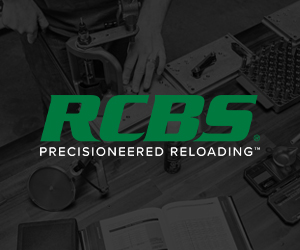

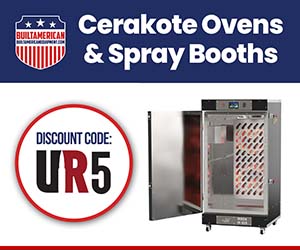
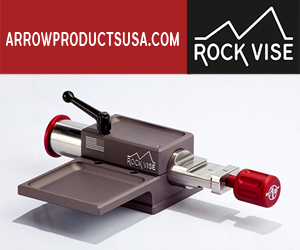
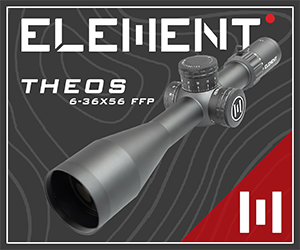

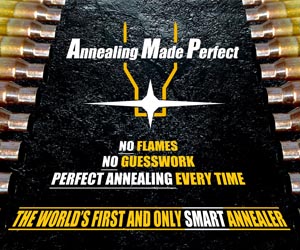
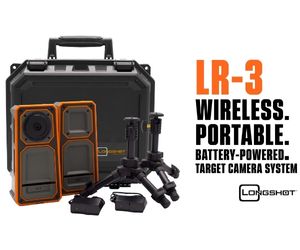
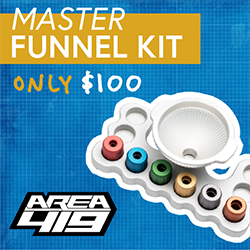
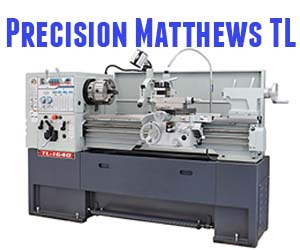

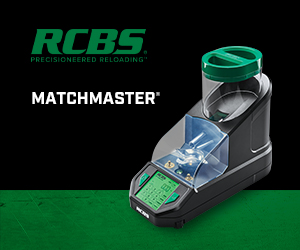

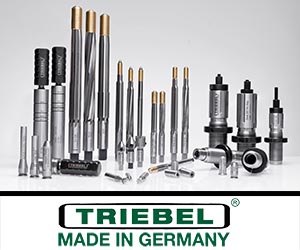
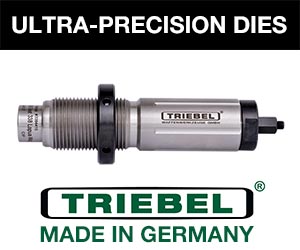

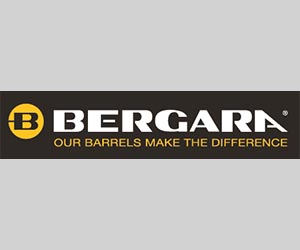



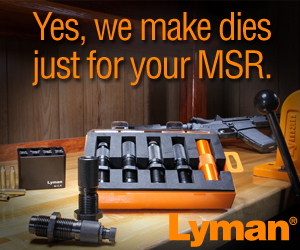
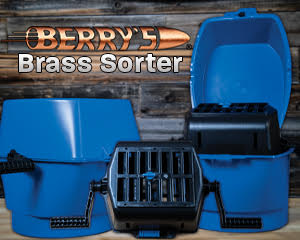



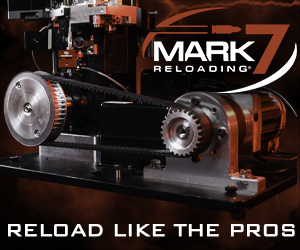
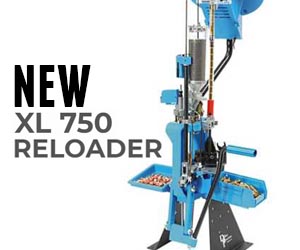
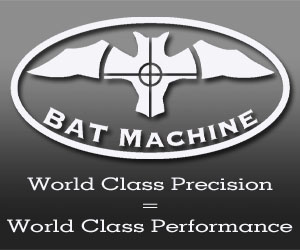
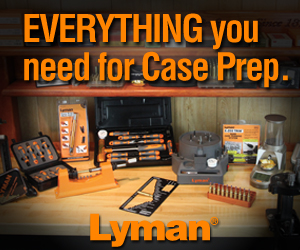


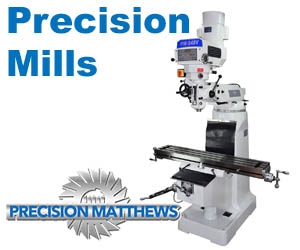



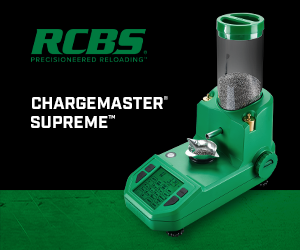

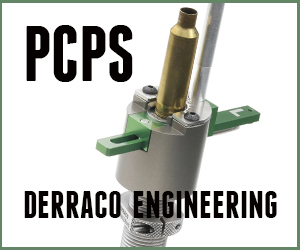
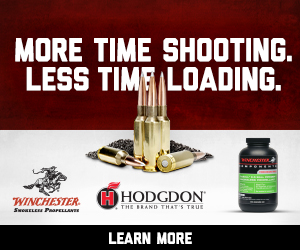

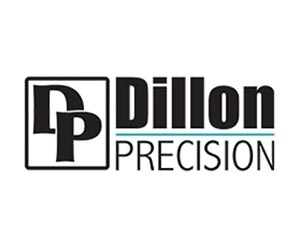



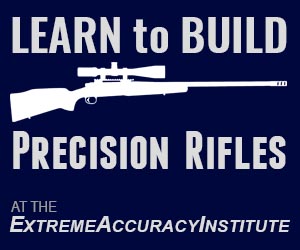




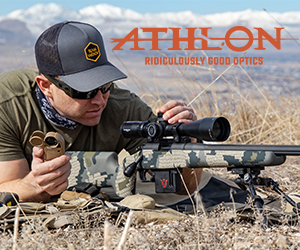

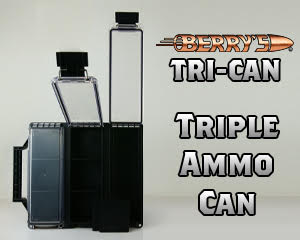

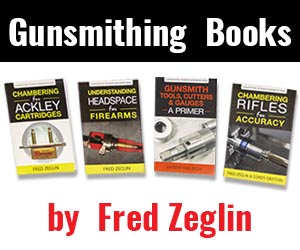
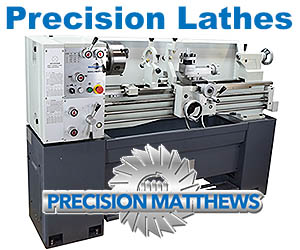

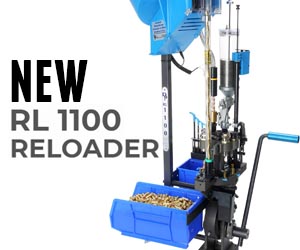

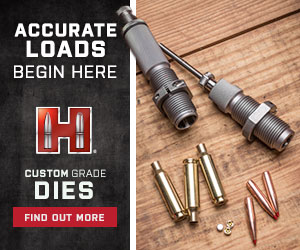


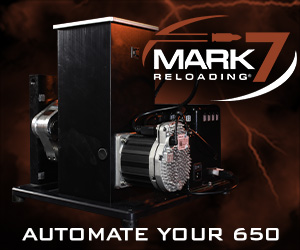

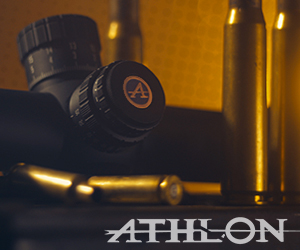
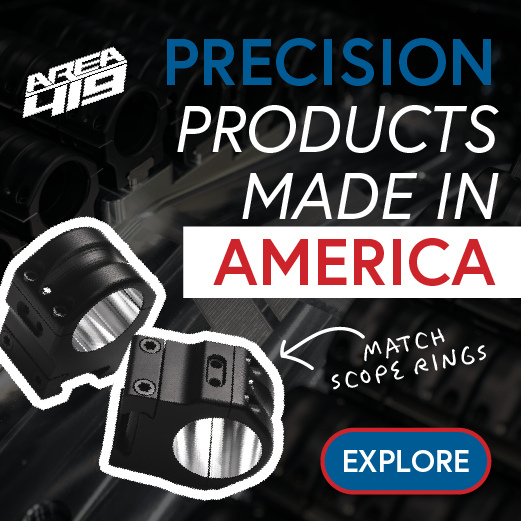
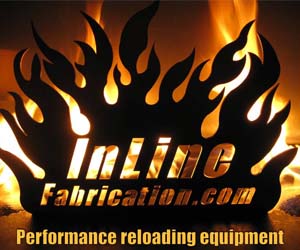
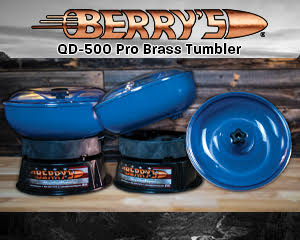
Gavin, Great stuff, keep it up. I’m new to reloading and your site has been great. I’ve learned a ton just by watching your videos. I do have a small issues I’d like to ask you about. I bought a Hornady AP press and have been reloading 40 S&W with very little problems. I just started reloading .223 for my dad’s AR-15. I’m using Hodgdon VARGET powder. During the indexing of the press the brass is “shaken” by the shell plate’s locking bearing falling into the divot. because of this, it spills powder every time in every station. I noticed that you don’t appear to be having this issue. Any thoughts on what I can try. The only fix I have right now is to “brake” the shell plate with my finger which is not a great solution. I called Hornady and they didn’t have many things I could try. Thanks, keep up the great work.
Chris,
I had the same problem. For me, the problem stems from vibration caused from the shell plate snapping into place at the end of the indexing, with cases being mostly filled with extruded powders.
I switched to Ball powder, “H335”, a much finer grained powder. Then I moved the bullet seating station to immediately behind the charging or powder drop station to reduce the opportunity for vibration induced spiliage.
That has pretty muched solved that problem for me.
When using extruded powder and a fairly full casing, i still had a kernel or two vibrate out upon the plate indexing click after charging. Re-locating the seating station just eliminated the further loss of powder as the casing clicked around to the seating die. Have not yet figured how to eliminate or smooth the strong click of the plate final indexing stroke.
Thanks so much for the reply. I’m defiantly going to try a different powder. I’ve read that the H335 and the BENCHMARK powers measure very reliability. If I can get the powder to stay in the case that will be a big relief. Thanks again.
Galvin, first comment is that there seems to be alot more flex in your new mounting system than before when it was mounted on a pedestal . Second is I can hardly wait to see the RCBS bullet feeder hooked up to the LNL. I just got back from the NRA show and saw it in person. They told me it will hook right up to their feeder but I don’t want to order one till I see you do it. Great Job again.
Are you not worried about case length after sizing? I size, deprime, measure and trim all my brass to safe levels before running them in the AP. What say you on the issue of measuring cases prior to or after sizing?
I was wondering about the same thing! I sent Gavin a message but he never responded. Did you find out the answer?
Shin
No I have not heard a definitive answer, but what I have heard some people say is that you can take a measurement of how much your brass “grows” after being sized full length and then pre-trim your brass to compensate.
Gavin, what lube are you using, and what about COAL. Did you previous trim super low so you dont have to worry about it? Please email me back
The lube I’m using us Imperial case sizing wax. COAL depends on your rifle if you are using the magazine and the “to lands” distance as factors. Check your cases, if they are longer than spec (1.760) then trim them back to the spec=.020″ – that would be 1.740 for .223.
Hope that helps!
Gavin,
I have been using your website for the last year as a resource and introduction into reloading. I recently purchased a Hornady AP press and have run about 100 rounds of new Remington 223 brass through the press. Using the new brass, seating the primer has been a charm. No issues whatsoever. However, over the course of the last year i have been saving my spent 223 / 556 brass so i could have a stockpile for when i decided to get into reloading. I am trying to reload Lake City brass and am having a terrible time trying to seat the primer. I have to beleive that the primer is crimped into the case so i went and purchased a small Lyman pocket reamer. I run the reaming in the pocket until no more brass shavings come out, but am still unable to seat a new Remington 7.5 primer into the brass.
Obviously i am doing something wrong! I know the press is running fine as i am not having this problem with new brass. I have am hoping i don’t have to throw out all the once fired brass i have accumulated!
Any help or direction would be hugely appreciated! Thank you and Merry Christmas!
I would reccomend Dillons Super Swage 600. It runs around $100.00 and works great… Good luck!
Skeet
Problems with stuck cases and broken LNL shell-plate
Gavin, enjoy your website.
I have been reloading pistol for years with out issue using my LNL. I just started reloading 223 REM and have had nothing but problems and broken parts with my LNL. I have Hornday dies and lube all my brass before depriming and resizing. Still, I am running into problems with my cases getting stuck in the resizing die and as I try to lower the LNL ram, the groove that fits into the case rim, shears off and ruins my shell plate.
So far Hornady has been good about replacing the shell plate, but I can’t seem to understand why this is happening.
To lube my cases I have been dipping my fingers in synthetic motor oil and then all over the cases before each goes into the re-sizing die. (I re-clean the brass after resizing) Most times everything is fine, but then its not. Any ideas or has anyone run into similar issues?
Sounds like the motor oil is causing suction between the case and die. Try imperial wax very sparingly and see if that helps
I’m new to reloading and I have a Hornady Lock N Load Auto-Progressive Reloading Press on the way in the mail. I’ve spent the last few months picking up brass from the range for when I decided to start reloading. I have a few questions:
1)Where is a good place to purchase the bullet heads and new primers for .223 cal?
2)I also purchased Hornady 223 Remington Custom Grade Reloading Dies(Series I Two-Die Set), 3 lock N load bushing, and a Hornady Powder Cop… Is there anything else I need as far as the die stations are concerned?
Gavin:
I see you using the de-priming die. I will be reloading lake city cases so will need to swage the primer pocket before pressing in a new primer. Do you have a video showing removing the primer, swaging the primer pocket then pressing the primer in?
Also I am brand new to reloading and would like a sequential list of reloading .223 using spent cases.
It would include step 1: wash the spent cases. step 2: dry the cases (how do you dry them) would you remove the primer as step 1 before polishing the cases?
When would I re-size (trim) the case?
Would I re-size (trim) the case after running the case through the full length sizing die?
This is what I mean by a detailed sequential list for reloading any rifle case.
Gavin:
im having a problem with with some of my .223s not chambering all the way in my ar-15 since ive been useing my lnl press. the rounds just get stuck about 90% in the chamber and it makes it very hard to pull the bolt out. is this because of the round not being sized far enough? ive got the die screwed all the way down to the shellplate and it still happens. could small base dies fix this problem?
Ive got this same problem and this is why im on the site currently looking for a solution. I have figured out that the lnl shell plate is thicker than single stage shell holders…thus will not let the brass get fully sized. The shoulder doesn’t get bumped at all…even if the die is seated all the way down!
I have the exact same problem. I don’t have a #16 shell plate and won’t pay $125.00 for one on ebay,, though I see they are coming down a bit today. I found the cases fit rather well in a #10. I was wondering if a #16 is thinner and would allow the die to seat further down. I switched to my single stage press, cranked the die down to where it touches the shell holder and got another thousandths or so, but am still right at .354 at the top of the wall. Exactly to spec. Factory Remington’s measure .350″.. I would like to get a thousandths or two under spec. They chamber now and I can eject them, but haven’t test fired yet. My Dad read an article where a guy had to grind down the shell holder a bit to get the die down far enough to size right. I’m going to try this on my single stage.
Todd, I realize this is month old, but thought I would address your problem anyway. Someone else might need the correct answer. You need to use the 16 shell plate to get the die to work correctly with the press. Also, I resize LC brass on the press just fine, you are not setting the shoulder back far enough if the round won’t chamber. Get yourself a good set of case gauges or headspace guage for your calipers. When I set the sizing die up for LC brass I am about a full turn past initial contact of the shell plate before I get a good shoulder setback on the brass. Whoever was grinding away on the shell plate should not be reloading! that is just crazy!
Gavin,
I just posted a reply to daniel jacques problem and am directing my question to you. In this video with the lnl loading 223 you say that you’re using a redding FL die. Is this correct? If this is the case then how are you managing to bump the shoulder of the case? Im using the same redding FL 223 die and even if the die is seated ALL the way into the press it still wont bump the case shoulder? Are you using a small base die? Have you not had this problem? I talked with both hornady and redding on the phone and learned that redding dies are made to match up with a .125 shell holder/plate. And the honrady lnl shell plate is thicker than this. The only solution that redding offered was to remove metal material from the bottom of the redding 223 die. Of course they did advise doing this but it would theoretically fix the issue. thoughts? thanks
great training videos………..Question – looking for reloading tray, to put one on my AP LNL Press. Cannot find it. Looked for in products. Cannot find products, help.
What about case prep? I saw you saying once that you pre trim your brass to -.020″ of the recommended size, before the reloading on a progressive to predict the case grown, but what about when cases gets older? The size after resizing older brass don’t change in relation of new brass?